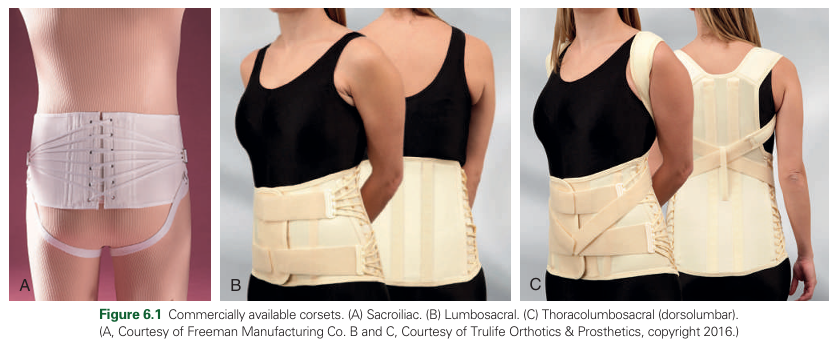
When it comes to managing spinal conditions and providing support, the design of orthotic devices plays a crucial role. Semi-rigid spinal orthosis, such as corsets, offer a balance between flexibility and stabilization, catering to various needs and conditions. Let's delve into understanding these orthotic solutions and their applications.
Understanding Semi-Rigid Spinal Orthosis:
Semi-rigid spinal orthosis, like corsets, are available in a variety of sizes, shapes, and materials. They are designed to stabilize specific areas of the spine while allowing some degree of movement. Unlike rigid TLSOs (Thoracolumbosacral Orthosis), semi-rigid orthoses offer a more flexible construction, typically consisting of soft canvas, cotton, or Dacron materials.
Functionality and Design:
The design of semi-rigid spinal orthosis depends on factors such as the area of the body requiring stabilization, the level of control needed, and the anatomical dimensions of the patient. These orthoses often feature both rigid and flexible stays, providing a combination of support and mobility. For example, posterior plasticized spring steel stays can be contoured to accommodate deformities or encourage postural correction.
Conditions and Prescriptions:
-
Sacroiliac Corsets: These orthoses focus on providing assistance to the pelvis, offering minimal support to the spine. They are typically used for mild conditions to create a slight increase in abdominal pressure.
-
Lumbosacral Corsets: Encompassing the pelvis and abdomen, these corsets exert circumferential pressure, increasing intracavitary pressure in the abdomen. They provide a semi-rigid, three-point pressure system for the lumbar spine, managing conditions like muscle strain and offering abdominal support.
-
Thoracolumbosacral Corsets: Offering increased leverage, these orthoses extend their support to the thoracic spine as well. Shoulder straps provide a posteriorly directed force to extend the thoracic spine, serving as a kinesthetic reminder to control motion in that area.
Benefits and Considerations:
Semi-rigid spinal orthosis, while not providing the same degree of rigidity as rigid TLSOs, offer significant benefits. They contribute to reduced axial load on the vertebral bodies, manage pain caused by muscle strain, and act as a proprioceptive guide to regular movement. Additionally, they can be tailored to accommodate individual anatomical variations and comfort preferences.
Conclusion:
Semi-rigid spinal orthosis, including corsets, play a vital role in providing support and managing spinal conditions. At Dhyan Healthcare Pvt Ltd, we understand the importance of personalized orthotic solutions. If you or a loved one could benefit from semi-rigid spinal orthosis, don't hesitate to reach out to us. Call or WhatsApp us on 9867527399 to learn more about our offerings and schedule a consultation today.
Empower yourself with the right support and comfort. Let Dhyan Healthcare Pvt Ltd be your partner in enhancing mobility and managing spinal health.


